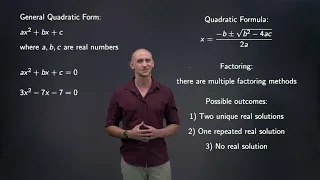
Quadratic Equations Video 1
Explaining the standard form for a quadratic equation and the possible number of solutions
Problem: Solve the following equation: \(2x^2-7x-4=0\)

Explaining the standard form for a quadratic equation and the possible number of solutions

Solving quadratic equations with the difference of two squares formula
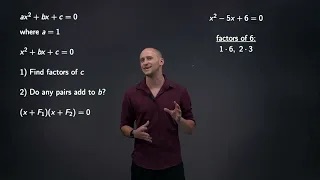
Solving quadratic equations by factoring

Solving a quadratic equation by factoring
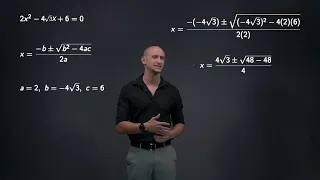
Solving quadratic equations with the quadratic formula and discussing the number of possible solutions
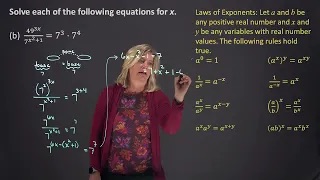
Solving an equation with exponential functions

Solving a trigonometric equation by factoring

Solving a trigonometric equation
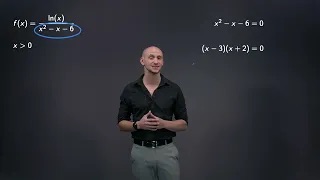
Finding the domain of a function with a natural logarithm and denominator

Explaining when a quadratic equation does not have a real solution
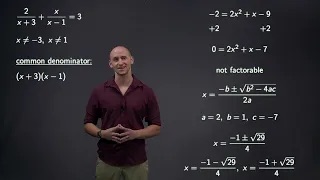
Solving an equation that contains rational expressions
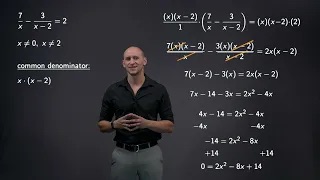
Solving an equation that contains rational expressions
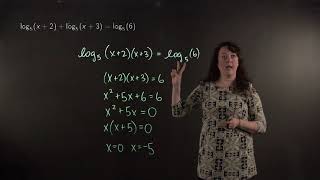
Solving an equation with logarithmic functions

Solving an equation with logarithmic functions

Solving an equation with logarithmic functions

Finding the difference quotient for a quadratic function

Factoring a quadratic

Factoring a polynomial

Factoring a quadratic

Dividing rational expressions and simplifying
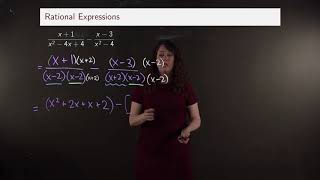
Subtracting rational expressions and simplifying
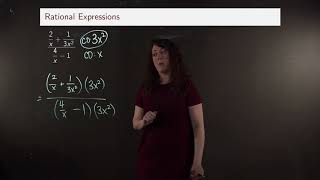
Performing operations with rational expressions and simplifying
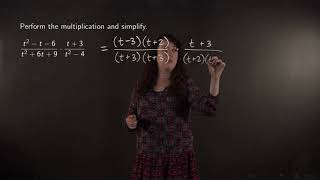
Performing operations with rational expressions and simplifying

Solving an equation using the quadratic formula
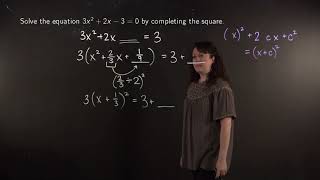
Solving a quadratic equation by completing the square

Solving a polynomial equation using factoring by grouping
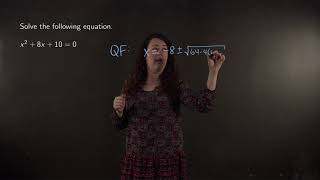
Solving a quadratic equation using the quadratic formula

Finding the x-intercepts of quadratic functions

Solving a nonlinear inequality

Solving a nonlinear inequality

Solving a nonlinear inequality

Solving an equation with exponential functions by factoring
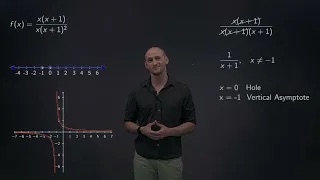
Finding the domain of a rational function using factoring
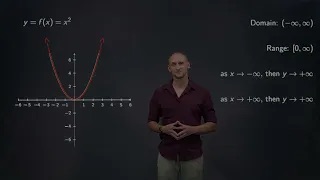
Explaining the graph and properties for the parent function of quadratics
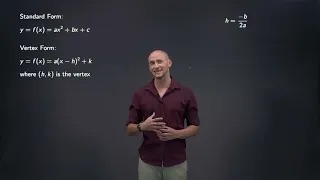
Discussing properties of quadratic functions including the vertex, domain, range, and end behavior
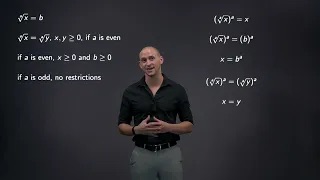
Explaining how to solve radical equations and then solving example problems
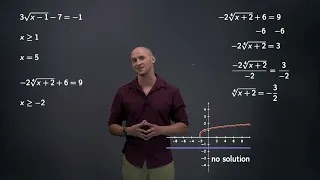
Solving equations with even roots and checking the solutions

Solving equations with odd radicals
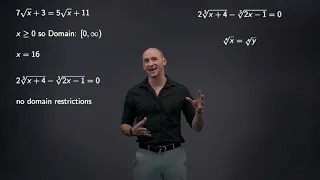
Solving equations with multiple radicals
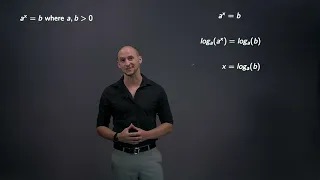
Explaining how to solve equations with power and exponential terms
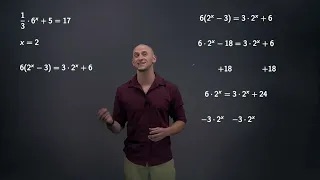
Solving equations with exponential terms

Solving equations with base e exponential terms

Explaining how to solve logarithmic equations

Solving logarithmic equations with a single logarithm term

Solving logarithmic equations with multiple logarithm terms

Solving logarithmic equations with multiple logarithm terms on both sides

How to simplify rational expressions

Solving equations that contain rational expressions

Finding all solutions to a trigonometric equation with sine

Solving a trigonometric equation with secant by factoring

Solving a trig equation with sine and cosine using aPythagorean Identity

Solving a rational equation and checking the solutions

Factoring a sum of cubes and a difference of cubes

Factoring a quadratic polynomial

Factoring a quadratic function

Factoring a quadratic where the leading coefficient is 1

Factoring quadratics where the leading coefficient is not 1

Solving an inequality with a quadratic by factoring and using a sign diagram
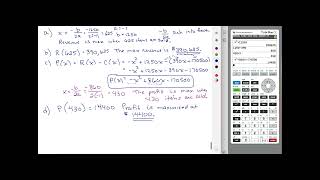
Finding the maximum revenue, maximum profit, and break even quantity for given revenue and cost functions
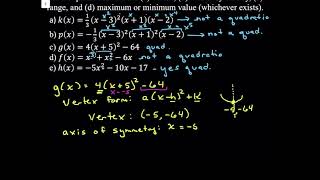
Identifying quadratic functions and their properties
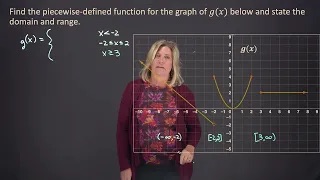
Finding the piecewise-defined function for a given graph along with its domain and range

Graphing a piecewise function
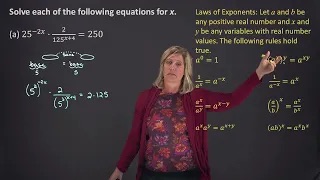
Solving an equation with exponential functions
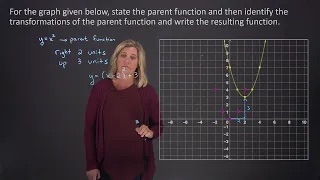
Identifying the parent function and transformations for a given graph

Solving an equation with exponential functions

Solving an equation with a logarithmic function

Solving an equation with several logarithmic functions

Solving an equation an exponential function
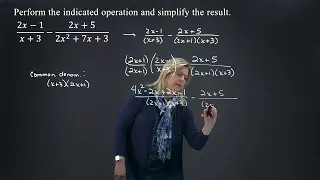
Subtracting rational functions and then simplifying the result

Multiplying two rational functions and simplifying the result
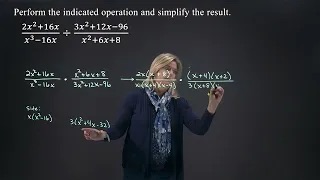
Dividing rational functions and simplifying the result
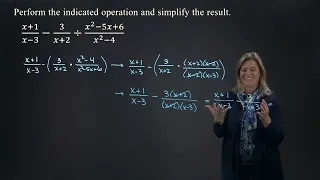
Dividing and subtraction rational functions and simplifying the result

Explaining the Intermediate Value Theorem and the Bisection Method

Using the Intermediate Value Theorem and Bisection Method to approximate the solution of an equation

Factoring an algebraic expression

Determining if an equation represents a function
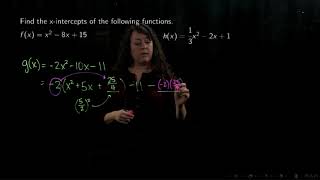
Putting a quadratic function in standard form and determining its properties
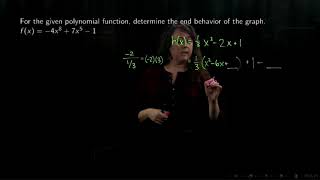
Putting a quadratic function in standard form and determining its properties
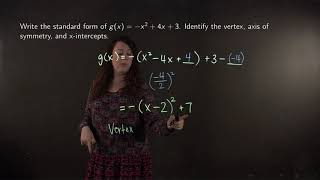
Putting a quadratic function in standard form and determining its properties
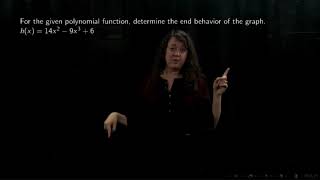
Finding the end behavior of a polynomial
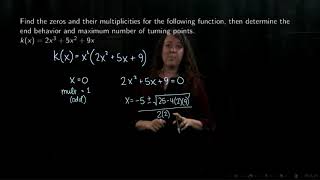
Finding properties of a polynomial including zeros and end behavior
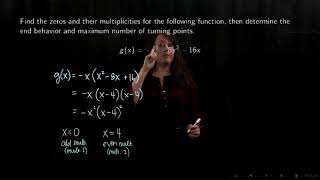
Finding properties of a polynomial including zeros and end behavior
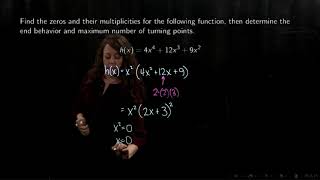
Finding properties of a polynomial including zeros and end behavior
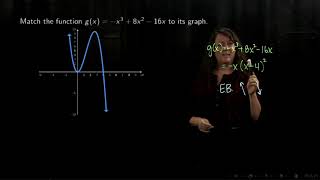
Using properties of a polynomial to find its graph

Solving a nonlinear inequality

Solving an equation with an exponential function

Solving an equation with an exponential function

Solving an equation with an exponential function

Solving an equation with an exponential function

Modeling a population size with an exponential function

Solving a trigonometric equation

Solving a trigonometric equation

Solving a trigonometric equation

Solving a trigonometric equation

Solving a trigonometric equation

Using a double angle formula to solve a trigonometric equation

Using a double angle formula to solve a trigonometric equation

Using a double angle formula to solve a trigonometric equation

Using double angle formulas to evaluate trigonometric functions

Review of limits, continuity, and the Intermediate Value Theorem
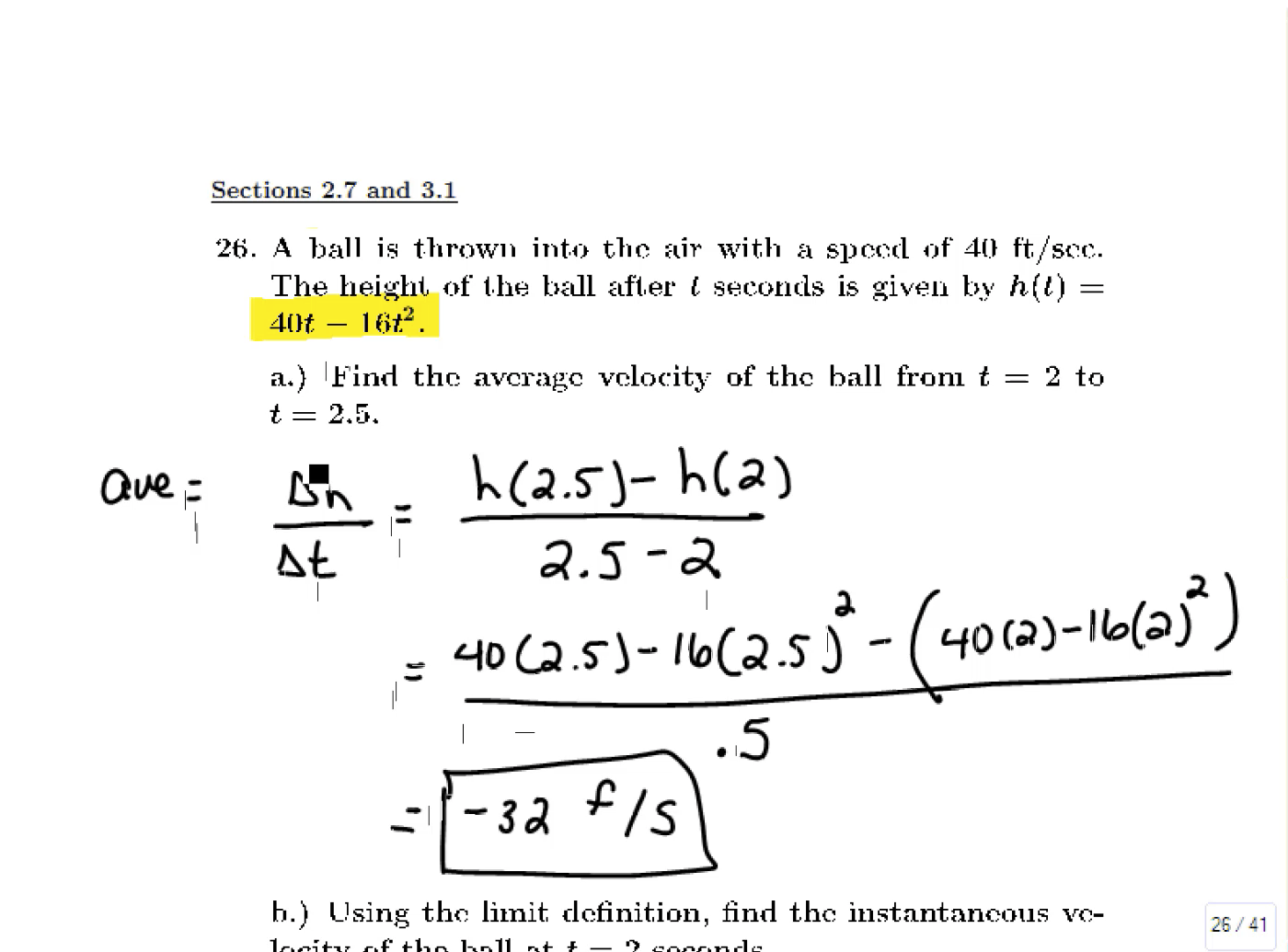
Review of the limit definition of a derivative and calculating the derivative

Review of the limit definition of a derivative and calculating the derivative

Continuity of Functions and the Intermediate Value Theorem

Review of the limit definition of a derivative and calculating the derivative
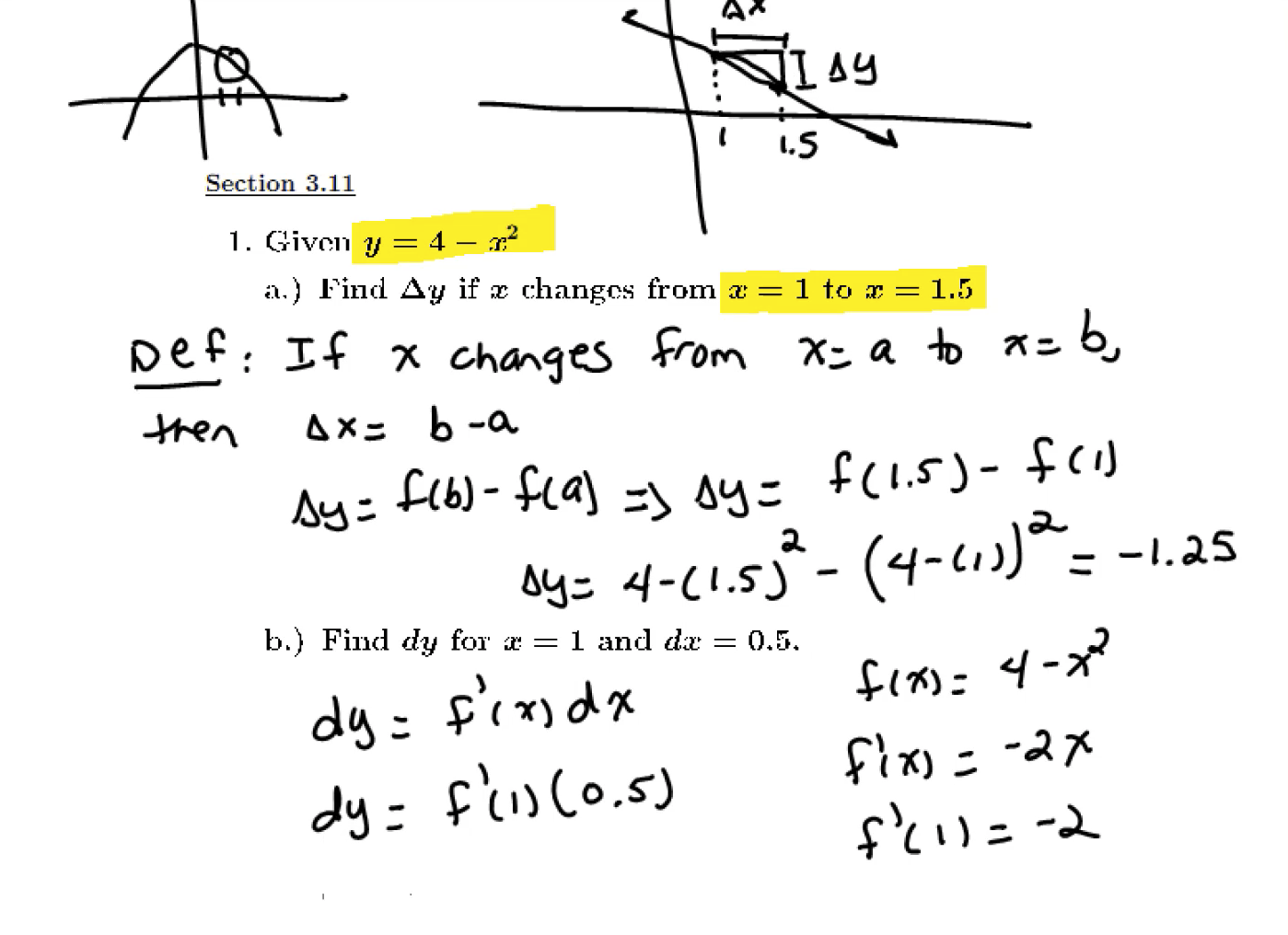
Differentials, linear approximations and quadratic approximations

Review of the limit definition of a derivative and calculating the derivative

Review of work and average value
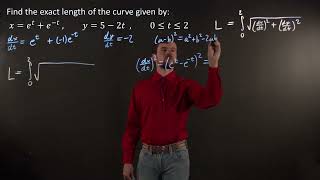
Finding the length of a curve given by parametric equations
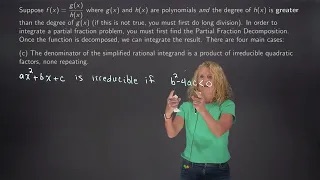
Explaining all four cases of partial fraction decomposition

Proving associative and scalar multiplication properties for vectors

Review of limits, continuity, and the Intermediate Value Theorem

Review of the limit definition of a derivative and calculating the derivative

Review of the limit definition of a derivative and calculating the derivative

Continuity of Functions and the Intermediate Value Theorem

Review of the limit definition of a derivative and calculating the derivative

Differentials, linear approximations, and quadratic approximations

Review of the limit definition of a derivative and calculating the derivative
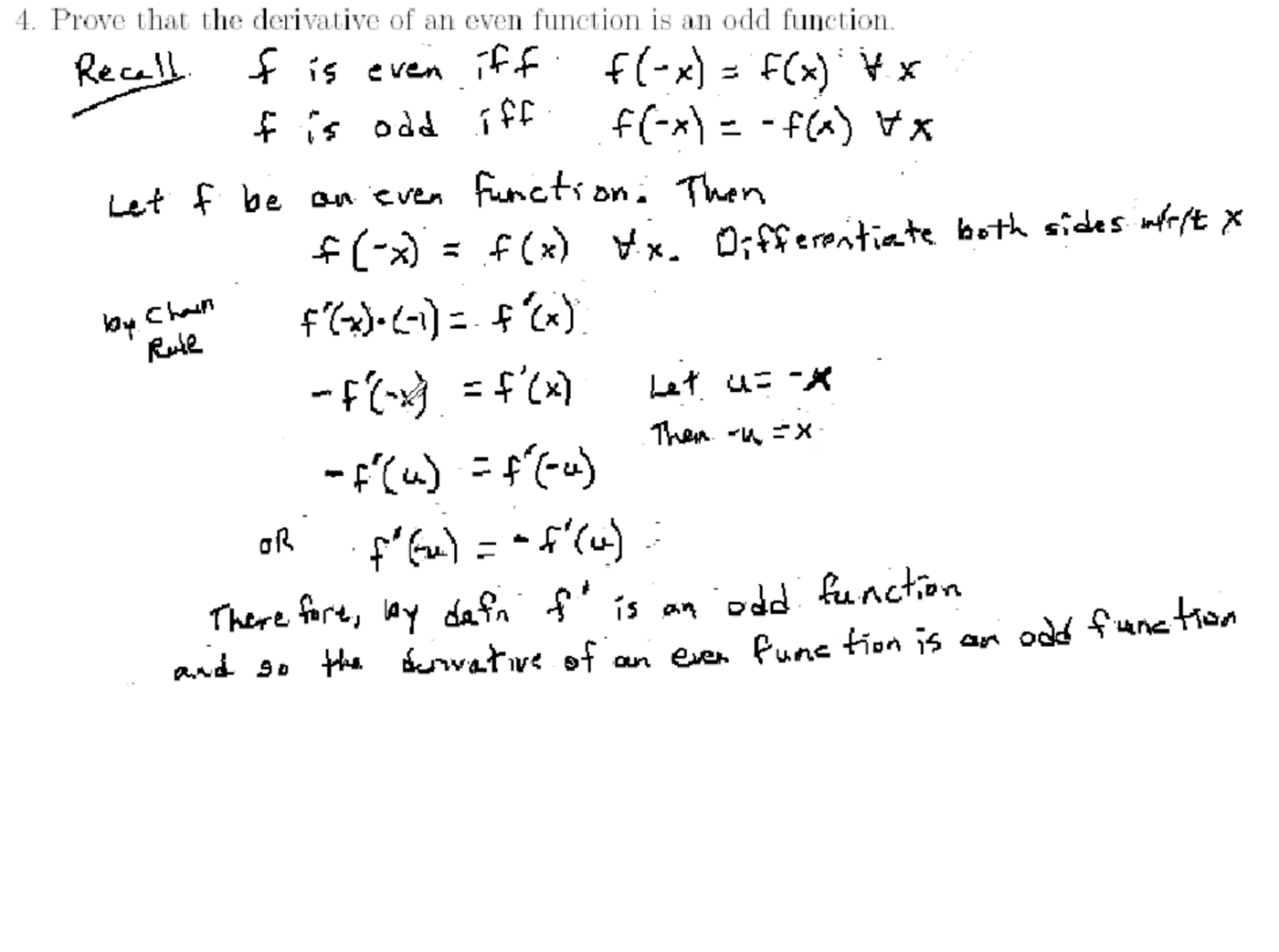
Using the Chain Rule to prove facts about derivatives

Review of work and average value
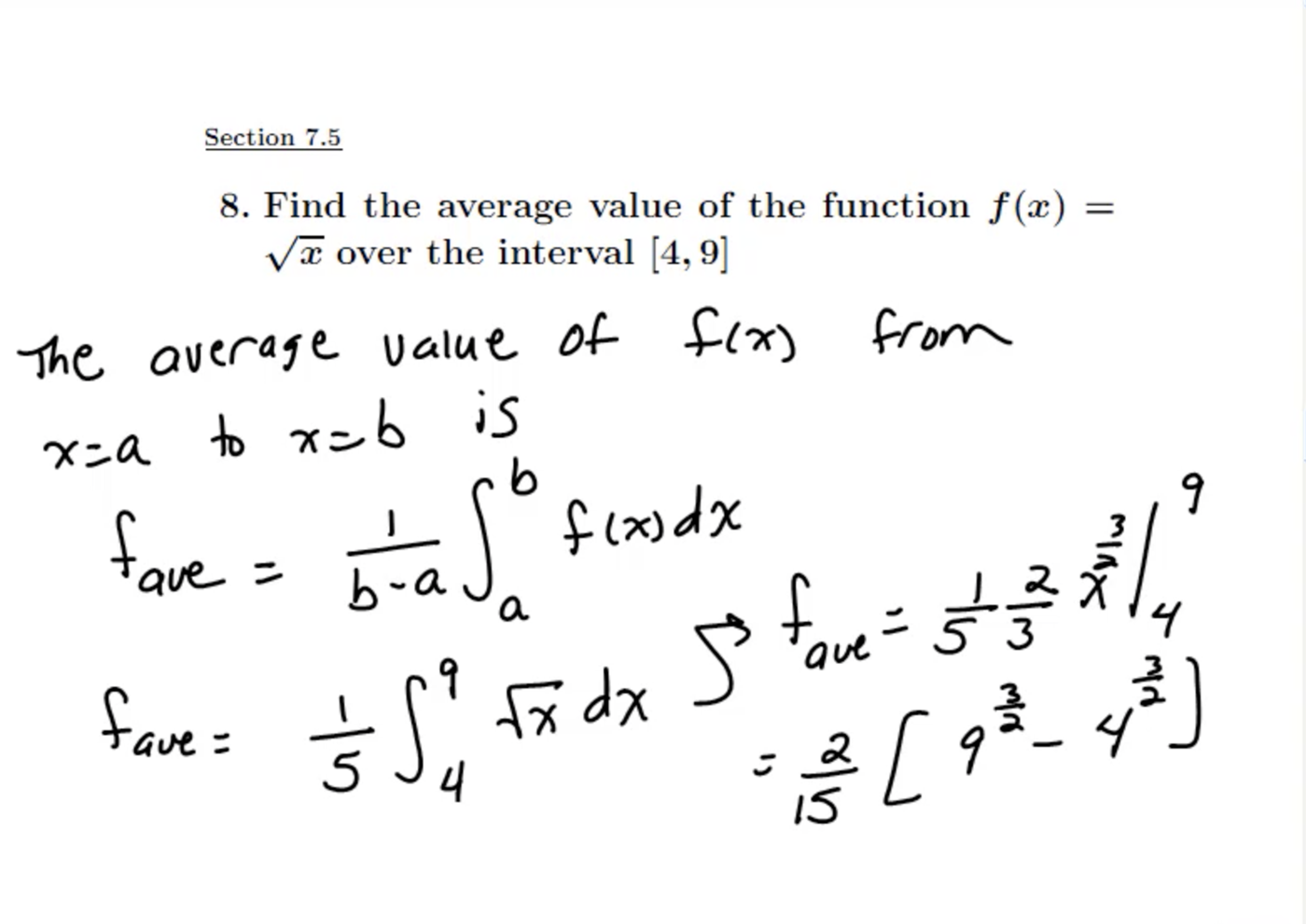
Using integrals to solve work problems and find the average value

Explaining all four cases of partial fraction decomposition

Finding the limit of a three-dimensional vector function

Creating symbolic expression in Python and then factoring, expanding, and simplifying the expressions
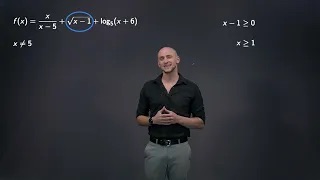
Finding the domain of a function with a denominator, square root, and logarithm
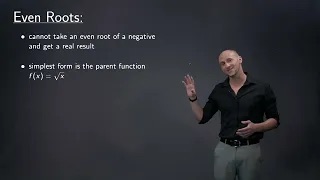
Explaining domain restrictions for denominators, even roots, and logarithms
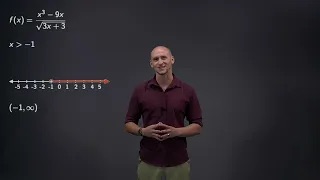
Finding the domain of a function with a square root in the denominator
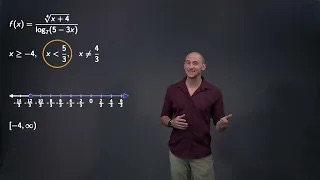
Finding the domain of a function with a root and a logarithm in the denominator
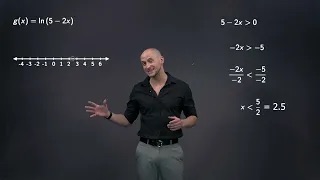
Finding the domain of a logarithmic function
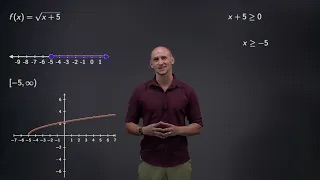
Finding the domain of even and odd roots
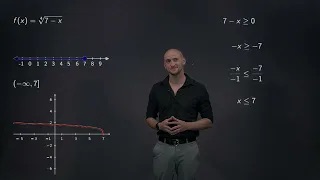
Finding the domain of functions with even and odd roots
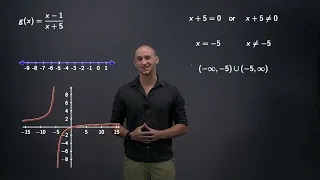
Finding the domain of several rational functions
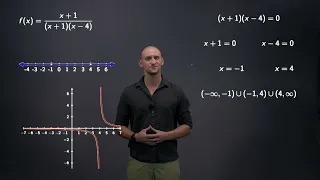
Finding the domain of a rational function
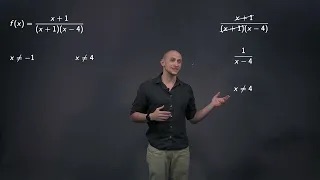
Explaining how to find any holes and vertical asymptotes of a rational function
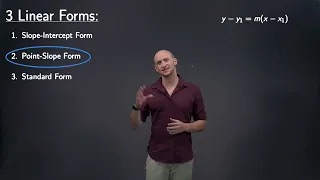
Explaining the main three forms for linear equations
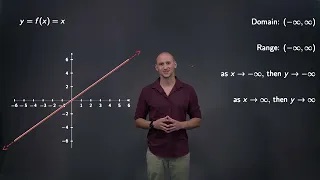
Discussing properties of linear functions
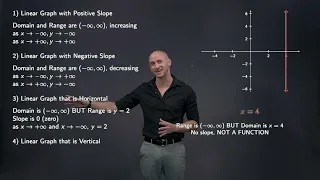
Discussing the types of linear graphs including horizontal and vertical lines and their properties

Discussing how to write the equation of a line through two given points
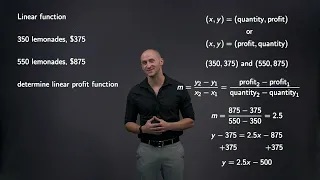
Writing a linear equation of profit from a business word problem
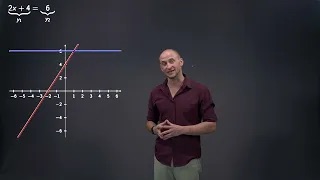
Solving a linear equation algebraically and showing how this relates to the graph
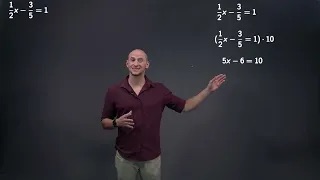
Solving a linear equation algebraically

Solving a linear equation algebraically and showing how this relates to the graph
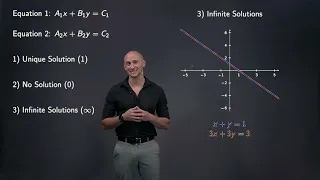
Explaining the format and possible solutions for a system of two linear equations

Solving a system of linear equations with two variables

Solving a system of two linear equations with two variables using the elimination method

Solving a system of two linear equations using a TI-84 calculator
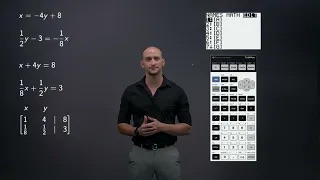
Solving a system of two linear equations using a TI-84 calculator
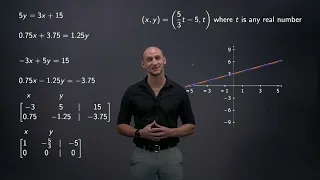
Solving a system of two linear equations using a TI-84 calculator
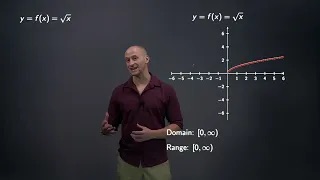
Explaining the general properties of even and odd root functions
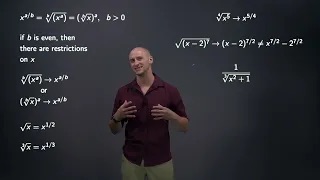
How to rewrite radical terms as power terms
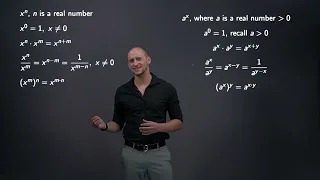
Properties of exponents applied to power and exponential expressions
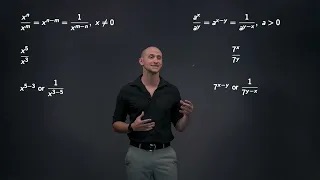
Properties of multiplying and simplifying power and exponential expressions

Properties of exponents applied to power and exponential expressions
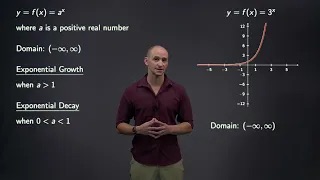
Properties of exponential growth and decay functions
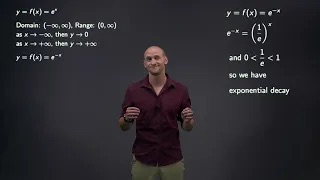
Properties of the exponential function with base e

Simplifying power and exponential expressions using properties of exponents

Simplifying power and exponential expressions using properties of exponents

Simplifying power and exponential expressions using properties of exponents

Simplifying an expression with both power and exponential functions using properties of exponents
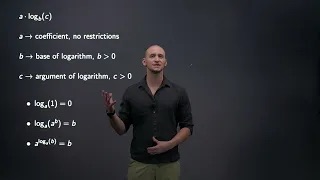
Explaining the terminology and rules of logarithms

Explaining the basic properties of logarithmic functions

Expanding logarithmic expressions using logarithm rules

Condensing a logarithmic expression into a single logarithm

Adding and subtracting rational expressions by finding a common denominator

Explaining how to multiply and divide rational expressions
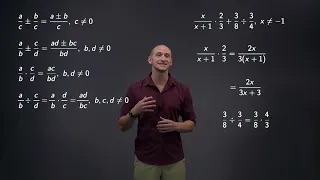
Performing algebraic operations with rational expressions and simplifying the answer
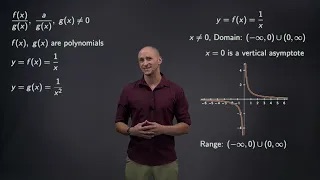
Discussing parent functions of rational functions and their properties
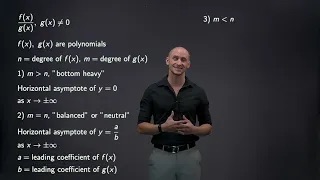
Finding horizontal asymptotes for rational functions
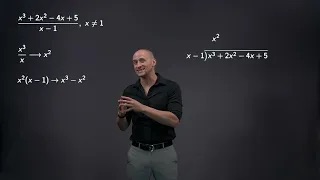
Explaining how to do polynomial long division

Finding horizontal asymptotes for rational functions

Determining the end behavior and horizontal asymptotes for rational functions

Explaining basic algebraic operations for fractions

Explaining all four cases of partial fraction decomposition

Explaining the format and possible solutions for a system of two linear equations

Solving a trigonometric equation with tangent and sine by factoring

Solving a trigonometric equation with sine and cosine by factoring

Finding the coordinate vector of a quadratic given a basis for the vector space

Solving an equation with logarithmic functions

Solving an equation with logarithmic functions

Finding the properties of a quadratic function such as the vertex, axis of symmetry, intercepts, etc.

Factoring several polynomials by grouping

Factoring a difference of two squares

Factoring a cubic polynomial by grouping

Finding the greatest common factor of a polynomial and then factoring it out

Simplifying a rational expression

Adding and then simplifying two rational expressions

Multiplying two rational expressions and then simplifying

Dividing rational expressions and then simplifying the answer

Adding two rational expressions and then simplifying the answer

Finding any holes, vertical asymptotes, and horizontal asymptotes of a rational function

Finding any holes, vertical asymptotes, and horizontal asymptotes of a rational function

Matching a rational function with its graph

Using the quadratic formula to find the roots of a function

Finding the roots of a cubic polynomial

Finding the roots of a square root function

Finding the domain of a function with a quadratic inside a square root

Finding the composition of a rational function and a quadratic

Finding and simplifying the difference quotient for a quadratic function

Solving an inequality with a polynomial by factoring and using a sign diagram

Solving an inequality with a rational expression by factoring and using a sign diagram

Solving an inequality with two rational expressions using a sign diagram

Solving an inequality with a rational expression using a sign diagram

Finding the absolute maximum or absolute minimum of a quadratic

Writing the standard form of quadratic function given its vertex and one other point

Solving an equation with exponential functions by factoring

Solving a equation with exponential functions by factoring

Solving an quadratic-like equation with sine by factoring